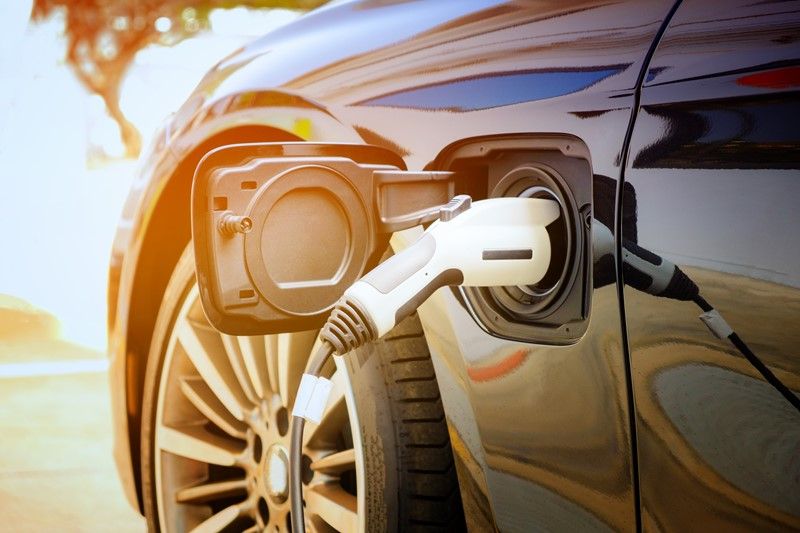The Chancellor’s Spring Statement, scheduled for 26 March 2025, is expected to focus on navigating the challenges of public finances, economic growth, and household pressures.
Economic Context
The UK economy is forecast to grow by 2% in 2025, though inflation is projected to remain above the Bank of England's 2% target for several more years. This economic backdrop follows significant tax increases announced in the October 2024 Budget, where £40 billion in measures were introduced, including raising employers' National Insurance contributions from 13.8% to 15% for salaries above £5,000. These policies have triggered concerns across businesses and households, compounding challenges for an economy still recovering from previous shocks.
Taxation and Public Finances
Despite the £40 billion in tax hikes, a £22 billion deficit in public finances has been identified, suggesting further fiscal measures may be necessary. Economists anticipate additional increases in capital gains and inheritance taxes as the government seeks to address this shortfall. Meanwhile, the rise in employers' National Insurance contributions has created significant burdens on businesses, particularly in labour-intensive industries like retail and hospitality, raising concerns about job losses and reduced investment.
Business Challenges
Business confidence has dipped to its lowest level in two years, with many companies reducing staff due to rising employment costs. December 2024 saw the fastest rate of job cuts in four years, highlighting the strain on businesses. The government may need to consider targeted support for struggling sectors to counteract the impact of its tax policies and foster stability.
Household Finances
Households are bracing for rising costs in 2025, with food prices expected to increase by up to 4.9%, energy bills climbing, and mortgage payments potentially rising if there are further interest rate hikes. Stamp duty thresholds are set to drop in April, increasing costs for property buyers, and rail fares are expected to rise by 4.6% from March. These pressures will likely lead to calls for government intervention to support families.
Potential Policy Adjustments
The Chancellor could use the Spring Statement to refine some of the policies introduced in the Autumn Budget. Possible measures include adjustments to the National Insurance increase, which has proven particularly controversial. Additionally, there may be new proposals targeting Inheritance and Capital Gains taxes to help bridge the fiscal deficit. Support for businesses, such as reliefs or incentives, might also feature to counteract declining confidence and rising unemployment. For households, the government could announce measures to ease financial pressures, such as subsidies for energy bills or targeted support for low-income families.
Conclusion
The Spring Statement presents an opportunity for the Chancellor to balance fiscal discipline with much-needed support for businesses and households. As stakeholders across sectors await the announcements, the government’s response will be crucial in shaping the UK’s economic outlook.




